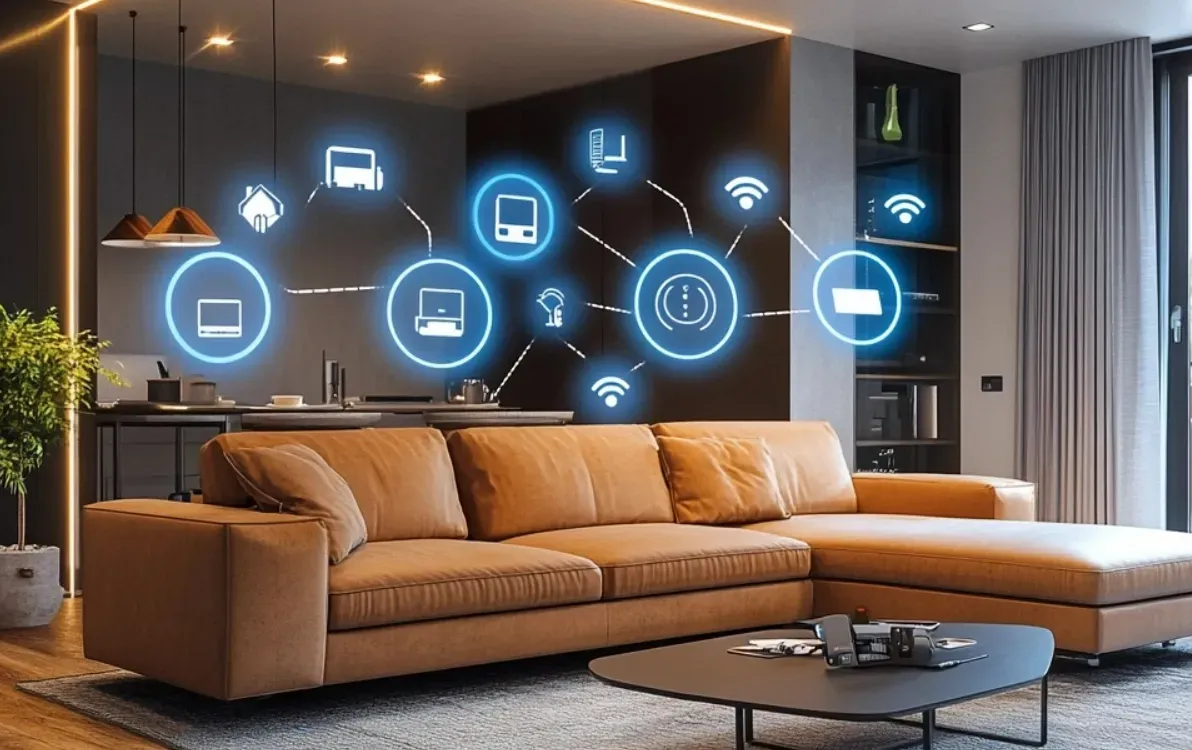
Smart home compatibility tips for seamless integration
In today’s fast-paced world, the concept of a smart home is no longer a futuristic dream but a present reality. As technology continues to advance, many homeowners are embracing the idea of home automation to enhance their living experiences. However, integrating various smart devices into one cohesive system can be challenging. This article provides smart home compatibility tips to ensure a smooth and effective integration of your devices.

Understanding Smart Home Compatibility
Before diving into the world of smart home devices, it’s essential to understand what compatibility means in this context. Simply put, compatibility refers to the ability of different devices and systems to work together seamlessly. This involves communication between devices, ease of use, and the ability to control them from a single platform.
Why Compatibility Matters
Without proper compatibility, homeowners might face issues such as devices not responding to commands, frequent disconnections, and limited functionality. Therefore, ensuring compatibility is crucial for a seamless smart home experience.
Choosing the Right Ecosystem
The first step in creating a compatible smart home is choosing the right ecosystem. Popular ecosystems include Amazon Alexa, Google Home, and Apple HomeKit. Each offers unique features and device compatibility. Visit Google Home for more information on its ecosystem.
Factors to Consider
- Device Support: Ensure the ecosystem supports a wide range of devices.
- User Interface: Choose an ecosystem with an intuitive and user-friendly interface.
- Integration: Look for ecosystems that offer seamless integration with other platforms.
Assessing Your Current Devices
Before adding new devices to your smart home, assess your current devices for compatibility. This involves checking the devices’ specifications and ensuring they can connect to your chosen ecosystem.
Updating Firmware
Ensure all devices have the latest firmware updates. Manufacturers often release updates to improve compatibility and add new features.
Networking Essentials
A strong and reliable network is the backbone of any smart home. Ensure your Wi-Fi setup can handle the increased traffic from multiple devices. Consider using a mesh network to enhance coverage and reduce dead zones.
Router Compatibility
Choose a router that supports the latest Wi-Fi standards and offers features like dual-band support to manage multiple devices efficiently.
Integrating with Voice Assistants
Voice assistants like Amazon Alexa and Google Assistant have become integral to smart homes. Ensure your devices are compatible with these assistants for ease of control.
Setting Up Voice Commands
Once integrated, set up voice commands to manage your devices effortlessly. This enhances user experience and adds convenience to daily tasks.
Security Considerations
Security is paramount when dealing with smart home devices. Protect your network with strong passwords and consider using two-factor authentication for added security. For more insights, check out our article on smart home security.
Regular Maintenance
Like any other technology, smart home devices require regular maintenance. This includes cleaning, checking for software updates, and ensuring all devices are functioning correctly.
Conducting Routine Checks
Regularly check device connections and settings to ensure everything is working as expected. This proactive approach can prevent potential issues before they arise.
Expanding Your Smart Home
As your needs grow, you may want to expand your smart home. When adding new devices, always check for compatibility with existing ones to maintain a cohesive system.
Research Before Purchasing
Before purchasing new devices, conduct thorough research to ensure they meet your needs and are compatible with your current setup.
Leveraging Professional Help
Sometimes, setting up or troubleshooting a smart home can be complex. Don’t hesitate to seek professional help if needed. Experts can offer valuable insights and solutions tailored to your needs.
Conclusion
Creating a compatible smart home requires careful planning and research. By following the tips outlined in this article, you can ensure a seamless integration of your devices, resulting in a more efficient and enjoyable living experience.

Frequently Asked Questions
What is a smart home?
A smart home uses internet-connected devices to enable remote management and monitoring of systems and appliances such as lighting, heating, and security.
How do I know if my devices are compatible?
Check the device specifications for compatibility with your chosen ecosystem. Additionally, look for devices that support standard communication protocols like Zigbee or Z-Wave.
Can I integrate smart home devices from different brands?
Yes, you can integrate devices from different brands, provided they support the same communication protocols or are compatible with your chosen ecosystem.
This article contains affiliate links. We may earn a commission at no extra cost to you.